Universe | |||||||||||||||||||||||||||||
History of the concept of Universe |  Automatic translation Automatic translation | Updated June 01, 2013 | |||||||||||||||||||||||||||
It's still the "Greek miracle" (-600 to -470 BC.) That we owe the first significant advances in understanding the world. Philosophers Parmenides, Plato, and Aristotle had incorporated the idea of a spherical Earth, but they saw in the center of the physical universe, while the school of Miletus was the flat earth. Eratosthenes is engaged in calculations on the circumference of the Earth, it is wrong apparently as 650 km (about 1.5% error). However, he expressed his results in stages, the value varied from place to place, and the distance between the cities of Alexandria and Syene, from which he made his position was known in days camel, which makes the measurement accuracy, suspect. Aristarchus of Samos was the first, he seems to understand that the planetary system is heliocentric. This finding does not then unanimously on philosophical disagreement with the geocentric conception of the world was taken by great philosophers such as Parmenides, Plato, and Aristotle. It also calculates the distance Earth-Moon which is a very precise value (60 Earth radii). Hipparchus continued this work: it recalculates the Earth-Moon distance, lists 1500 stars, found approximately the period of precession of the equinoxes, which was already known to the Babylonians. So-called Copernican revolution will change this cosmology, in three stages: Copernicus (1473-1543) rediscovered the heliocentric theory. However, this rediscovery is only partly revolutionary, in fact, Copernicus remains committed to transparent spheres supposed to support the planets and print their movement. Copernicus presented his system as a simple device designed to simplify the calculations, thus avoiding problems with the clergy. | The Dominican Giordano Bruno (1548 - 1600) defends the reality of the heliocentric model and extends it to all the stars, opening the size of the physical universe to infinity. | 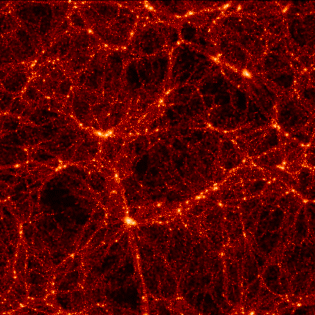 Image: Simulated image of a thin slice of the universe. The spider structure of galaxy clusters seems to link these clusters together by filaments of matter. Galaxy clusters are the largest structures in the local Universe, our Universe. Between the galaxies we find the material consists of hot gas, forming a plasma of millions of degrees. Clusters of galaxies are formed at intersections of filaments that make up the cosmic spider web. The universe consists of matter distributed along its vast filaments between which are large bubbles empty of matter. | |||||||||||||||||||||||||||
Fossil radiation | |||||||||||||||||||||||||||||
The discovery of the fossil radiation source without specific residue of the extreme conditions that prevailed in the first moments of the universe, has concluded that the universe, there are 15 billion years, was at a temperature of at least 3000 ° C. This is Arno Penzias and Robert Wilson (1965) who discovered the existence of the background radiation of the sky at 2.7 K (-270° C). This natural cosmic radiation can be found from all directions of space. Are we back to the beginning of the universe? In those circumstances, that the universe goes from an opaque state to a transparent state, that is bright. But what does it beyond that period? | In this state it is composed of nuclei of neutrons and protons, but a soup of quarks and gluons. Quarks attract and repel by exchanging gluons as the electrons give off photons in the electromagnetic fields. Only when the temperature decreases as the quarks combine to form neutrons, protons and mesons.
Table: equivalences between the distance units. |  Image: The background radiation of the sky is a natural microwave radiation fossil 2.73 K. These density fluctuations in the order of 1 / 100 000th show that about 300,000 years after the Big Bang, there was heterogeneous areas in the universe of a size between 100 and 1000 Mpc (mega parsecs). Credit: image produced by the Cobe satellite in 1992. | |||||||||||||||||||||||||||
Age of the Universe | |||||||||||||||||||||||||||||
The age of the universe was made clear through the observations of the WMAP probe. The cosmological parameters indicate a probable value for the age of the universe about 13.7 billion years with an uncertainty of 0.2 billion years. This is consistent with data from observations of globular clusters and white dwarfs. The observable universe contains about 7 × 1022 stars, distributed in about 1010 galaxies, which are themselves organized into clusters and superclusters of galaxies. The number of galaxies could be even greater. Why specialize in cosmology often use the word universe in the sense of observable universe? Because we see it as it was 13.7 billion years ago but since then the universe has continued to grow. Thus the universe we see is a bubble of 13.7 billion years in radius, which is why we live in the center of the observable universe, in apparent contradiction to the Copernican principle which says that the universe is more or less uniform and has no particular center. Because light does not travel at an infinite speed, the observations we make from the past so. | Looking further and further, we see objects as they were in the past, in an age of increasingly closer to the Big Bang. Since light travels at the same speed in all directions, all observers of the universe live in the center of their observable universe. The universe by definition contains everything that exists, including space-time, so it has no "edge." Indeed, the existence of an edge implies that beyond this edge, it would not be in the universe, the concept is not intuitive. Image: Analysis of the WMAP image of the sky, indicates that the universe is older than 13.7 billion years (with an accuracy of 1%), it is composed of 73% dark energy, 23% cold dark matter, and only 4% of atoms. It is currently expanding at a rate of 71 km/s / Mpc (accurate to 5%). He went through episodes of rapid expansion called inflation, and grow forever. | 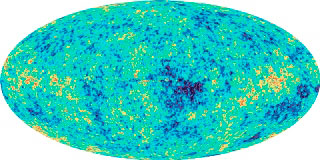 | |||||||||||||||||||||||||||
Universe that we do not see | |||||||||||||||||||||||||||||
The universe is not composed only of atoms, 96% of our Universe is missing. It is a theory that we have difficulty conceptualizing. In the north of England in the bottom of a mine 1600 meters below the surface of the Earth, scientists seek a new fundamental particle tirelessly since the 1970s. In those years, science thought that the universe is complete and that the model is satisfactory. But in 1974, two researchers at Princeton, New Jersey United States, decided to measure the amount of matter in the Universe. Jeremiah Ostriker and James Peebles look at the stability of galaxies, and they face a problem. The galaxies are not stable and their computer model shows that the galaxies, after a period of rotation, unmade. To be stable it must, in theory, more material, thus more gravity, so that everything does not collapse. Since there is no additional material, the two scientists for the purpose of a simulation, invent one, the dark matter. The idea is not new because in the 1930s, Fritz Zwicky, Swiss-American astrophysicist (1898-1974) noted an anomaly. He realizes, at the Mount Wilson Observatory, observing a group of galaxies in the Coma cluster, that galaxies rotate around each other at full speed but that the mass is not sufficient to prevent dissociate. | In 1933 he was the first to suggest the presence of invisible matter between the galaxies, but it will not convince anyone of the importance of his discovery, which will be forgotten for almost forty years. | 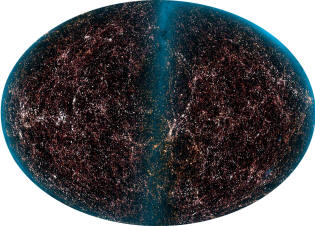 Image: View of the Universe in infrared light. This image reveals 1.6 million galaxies among the tens of millions of its local structure. (source: Center / Caltech and the University of Massachusetts). | |||||||||||||||||||||||||||
Still closer to Big Bang | |||||||||||||||||||||||||||||
The astronomers are actively pursuing the hunt for gamma ray bursts since these phenomena we could learn a lot about the first billion years of history of our observable universe. The artificial satellite discovered a SWIFT gamma-ray burst (in English, Gamma-Ray Bursts), which occurred when the Universe was only in his only 640 million years. It is most likely a hypernova produced by the formation of a black hole in the heart of a giant star of several tens of times the mass of the Sun. The collapse of the heart of the star and its explosion then produced an intense and focused beam of gamma rays directed by chance towards the Swift instruments. Gamma-ray bursts are extremely violent phenomena, probably the most violent of the universe after the Big Bang. SWIFT, the NASA satellite has been designed specifically to study these phenomena. This explosion observed in 2009, is the most distant ever observed by scientists. Its light has traveled for 13.1 billion years to reach us. GRB 090423 lasted only 10 seconds but its light has since been observed in many wavelengths, including those of the infrared as in the image against. This event provides an overview of the first moments of the universe and shows that there was already massive stars. | If this type of event can help scientists better understand the history of the evolution of the universe, it brings especially more questions than answers. Image: The gamma-ray burst GRB 090423 was discovered by SWIFT, the NASA satellite, April 23, 2009. Just a few degrees of the star η Leonis (constellation Leo) is in 2009, the astronomical event identified farthest from the Earth. | 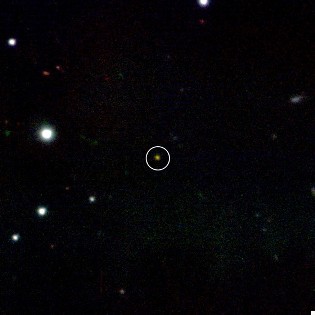 | |||||||||||||||||||||||||||
"The data available on this site may be used provided that the source is duly acknowledged."



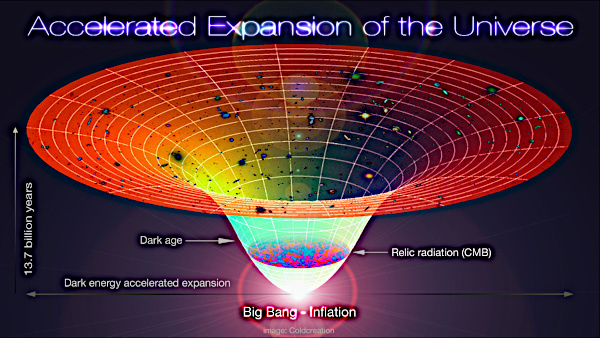 Space-time slices of the observable Universe
Space-time slices of the observable Universe
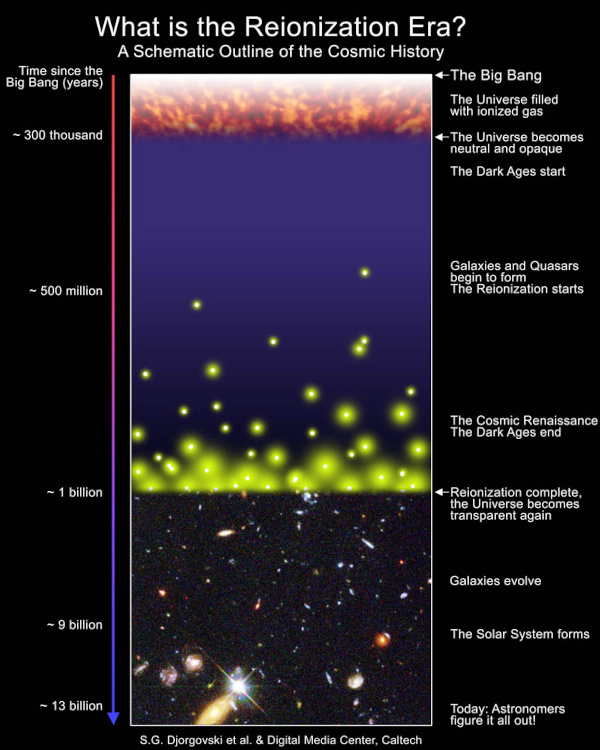 Dark Ages of the Universe
Dark Ages of the Universe
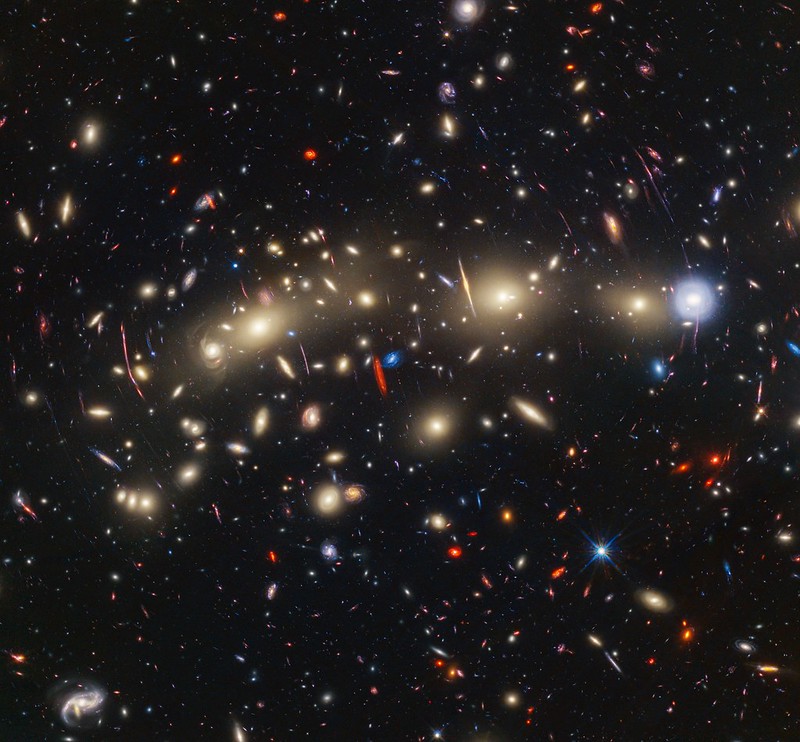 Alternative theories to the accelerated expansion of the universe
Alternative theories to the accelerated expansion of the universe
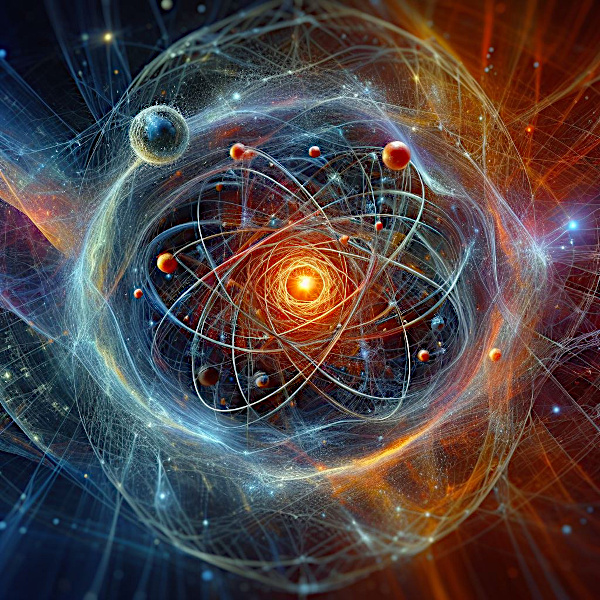 The primitive atom of Abbot Georges Lemaître
The primitive atom of Abbot Georges Lemaître
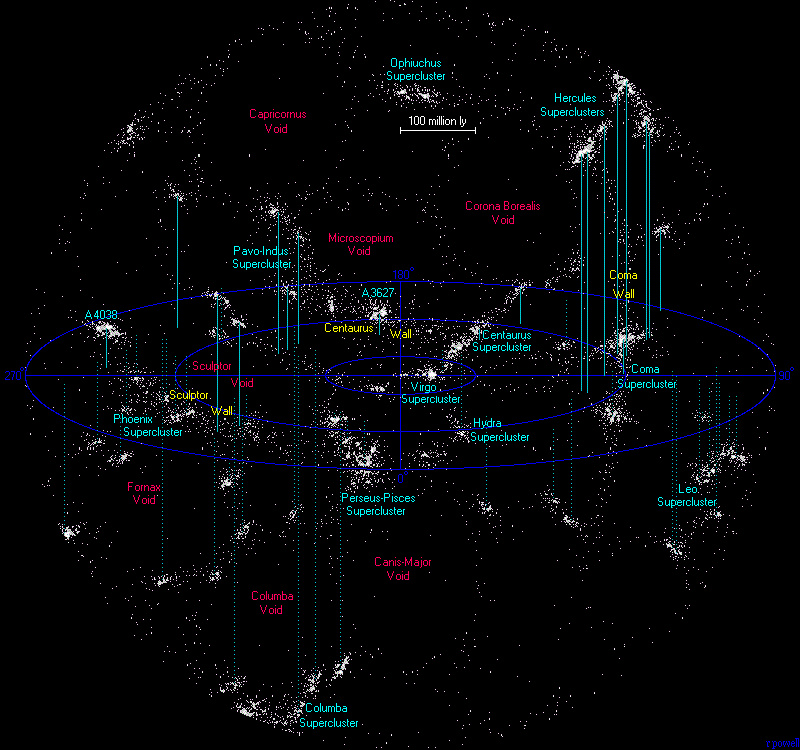 Great walls and filaments: the great structures of the Universe
Great walls and filaments: the great structures of the Universe
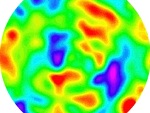 Always closer to the Big Bang
Always closer to the Big Bang
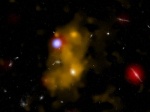 Lyman-alpha bubbles
Lyman-alpha bubbles
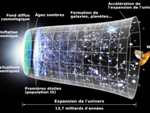 From the Big Bang to the galaxies
From the Big Bang to the galaxies
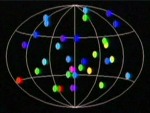 The mystery of gamma bursts
The mystery of gamma bursts
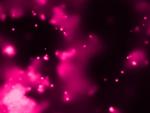 Eternal inflation, string theory and dark energy
Eternal inflation, string theory and dark energy
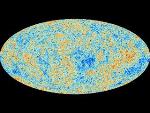 Planck's universe
Planck's universe
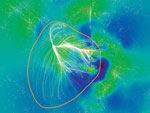 The sky is immense with Laniakea
The sky is immense with Laniakea
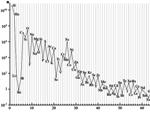 Abundance of chemical elements in the Universe
Abundance of chemical elements in the Universe
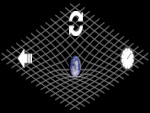 What is symmetry in the universe?
What is symmetry in the universe?
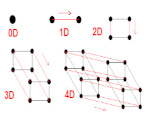 The geometry of time
The geometry of time
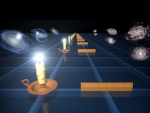 How to measure distances in the Universe?
How to measure distances in the Universe?
 Do nothingness and emptiness exist?
Do nothingness and emptiness exist?
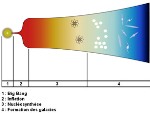 Mystery of the Big Bang, the problem of the horizon
Mystery of the Big Bang, the problem of the horizon
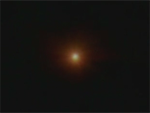 The first second of our history
The first second of our history
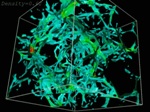 Does dark matter exist?
Does dark matter exist?
 Metaverse, the next stage of evolution
Metaverse, the next stage of evolution
 The multiverse long before the Big Bang
The multiverse long before the Big Bang
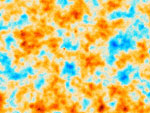 What is recombination in cosmology?
What is recombination in cosmology?
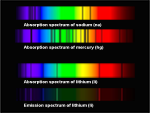 The cosmological and physical constants of our Universe
The cosmological and physical constants of our Universe
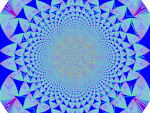 Thermodynamics of the sand pile
Thermodynamics of the sand pile
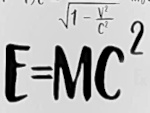 What does the equation E=mc2 really mean?
What does the equation E=mc2 really mean?
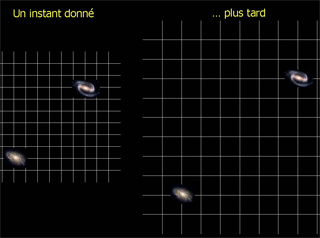 The engine of the accelerated expansion of the Universe
The engine of the accelerated expansion of the Universe
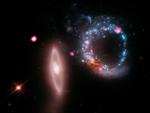 The Universe of X-rays
The Universe of X-rays
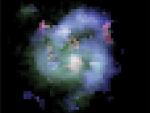 The oldest galaxies in the universe
The oldest galaxies in the universe
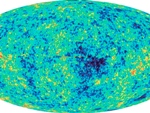 Fossil radiation in 1992
Fossil radiation in 1992
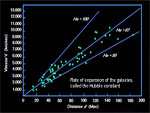 Hubble constant and expansion of the Universe
Hubble constant and expansion of the Universe
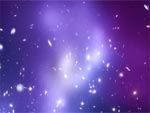 Dark energy is needed
Dark energy is needed
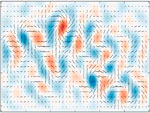 Gravitational waves
Gravitational waves
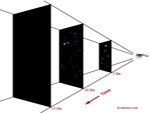 How big is the universe?
How big is the universe?
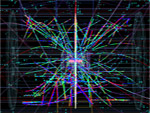 The vacuum has considerable energy
The vacuum has considerable energy
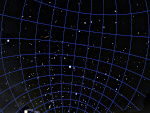 Paradox of the dark night
Paradox of the dark night
 Paradoxes in physics
Paradoxes in physics